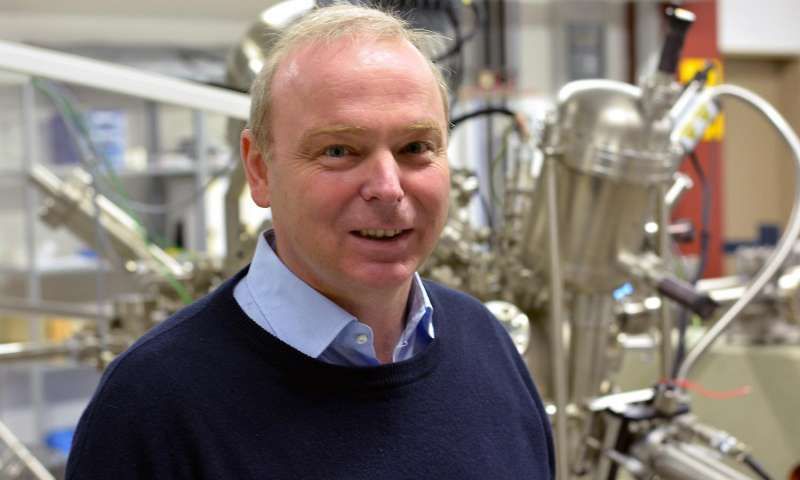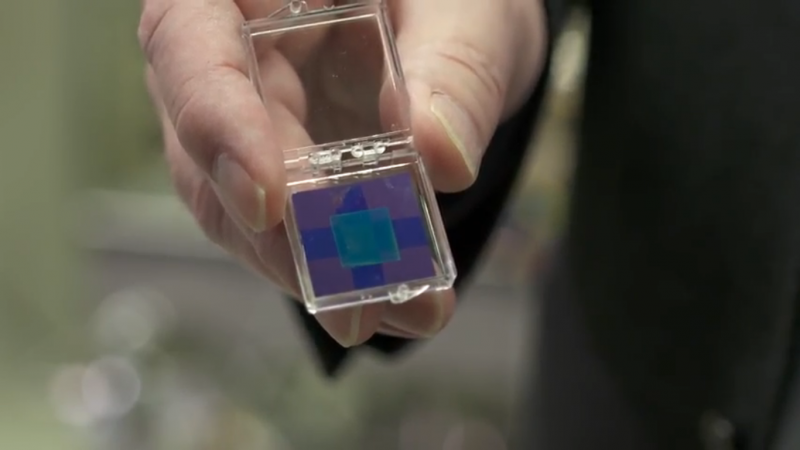Filtering Molecules from the Water or Air with Nanomembranes
Published on by Water Network Research, Official research team of The Water Network in Technology
Free-standing carbon membranes that are a millionth of a millimetre thin are a special research field of Professor Dr. Armin Gölzhäuser from Bielefeld University and his research group.
The nanomembranes can serve as ultrafine filters and as a protective layer. The Bielefeld physicists have registered several patents for manufacturing such molecular foils. In their research, they are analysing which properties the nanomembranes possess - as a basis for future applications. In a new film produced by Bielefeld University's 'research_tv', Armin Gölzhäuser explains what makes the membranes such multi-talents and assesses how significant they may become for the purification of water.

Prof. Dr. Armin Goelzhaeuser presents his research on nanomembranes on 'research_tv.' Credit: Bielefeld University
If used to filter water, the carbon nanomembranes allow only water molecules to pass while blocking other molecules. If used to filter air, the membranes could, for example, remove carbon dioxide from vehicle exhaust emissions. 'However, we still know very little about what happens when a molecule passes through such a sieve,' says Gölzhäuser. 'This is why we are studying, for example, whether it touches the membrane, remains stuck to it, or flies directly through its pores.'
Drawing on the results of this research, the scientists can modify the production of the nanomembranes to fit each specific purpose - for every use, the appropriate nanomembrane. 'We can adapt the porosity of the membranes for different materials and also modify their conductivity, elasticity, density, and thickness.'

Image taken as a printscreen from a video: Nanomembranen - research_tv Universität Bielefeld
The manufacturing process has been developed by members of Gölzhäuser's research group: the researchers immerse a solid - such as a gold surface - in a liquid containing organic molecules. The molecules settle on the solid in a thin layer that is then irradiated with electrons. This leads them to trigger a controlled chemical reaction: a cross-linking - the molecules link together and form the nanomembrane. However, the most difficult step is yet to come: they have to be separated from the supporting layer. 'We do this by introducing what we call a transfer layer with which we can separate the carbon nanomembrane,' says Gölzhäuser.
Source: Phys.org
Attached link
http://www.youtube.com/embed/TJi8v_RjrxIMedia
Taxonomy
- Filtration
- Membranes
- Filtration Solutions
- Filtration
- Nanofiltration